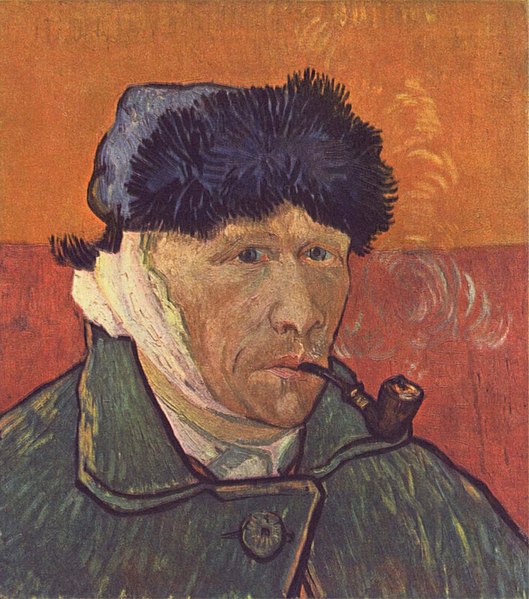Did Van Gogh Really Cut Off His Own Ear?
The infamous story of Vincent van Gogh having cut off his ear is only partially (pardon the pun) true.
The tale begins in 1886, when, after years of moving around, van Gogh joined his younger brother, Theo, in Paris. There he met and befriended many notable artists, including the post-impressionist Paul Gauguin. In February of 1888, he decided to move again, this time to Arles, in southern France, where he painted his 'Sunflower' series and where he had hoped to begin a community of artists.
Gauguin followed van Gogh to Arles, at his request, in October 1888. But after attempting to work together, van Gogh had a mental breakdown which led to an incident where he threatened Gauguin with a razor blade. Later on that night, while brooding over the attack, van Gogh took the razor blade to his own ear, cutting off part of, but not the entirety of, his left ear.

The story is one of the most notorious in art history and indeed, there are many allegations as to how much he actually cut off, but it appears that he spared part of his ear.
The claim that Gauguin cut off van Gogh’s ear is spurious.
Interestingly enough, though, a new book by Steven Naifeh and Gregory White Smith claims that van Gogh did not, in fact, deliberately shoot himself in a field in Auvers, France, but was in fact shot by a local boy with whom he had a “complex relationship.” The mysteries of van Gogh’s life, like that of his work, only seem to deepen with time.
